How Much Cost to Stucco a 2000 Square Foot House?
Stuccoing a 2,000 square foot house typically costs between $27,560 and $50,960, averaging $14 to $25 per square foot. This estimate includes materials, labor, surface preparation, and necessary permits. Costs can vary based on the quality of stucco, the complexity of the installation, and local labor rates. High-end finishes or additional features like decorative trim can increase the total cost. Additional expenses may arise from repairing the underlying surface or applying a moisture barrier. Investing in quality stucco ensures durability, weather resistance, and an attractive finish, enhancing your home’s value and curb appeal. Proper planning and budgeting help achieve the best results.
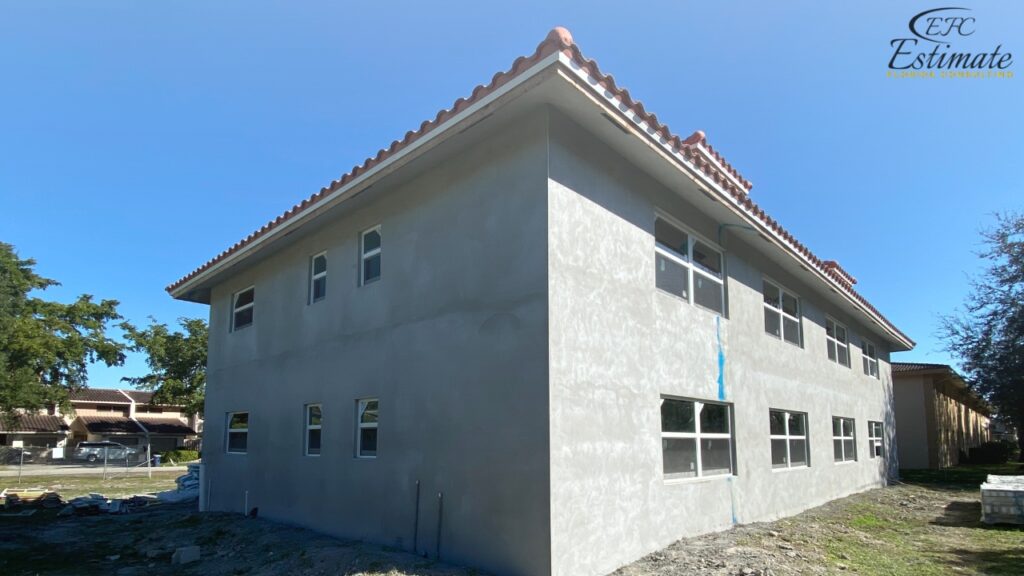
Cost Breakdown for Stuccoing a 2,000 Square Foot House
Materials
The cost of stucco materials can vary based on the type of stucco chosen. Here’s an estimate of the materials cost for both traditional and synthetic stucco:
Material Type | Cost per Square Foot | Total Cost for 2,000 Sq Ft |
Traditional Stucco | $3.90 – $7.80 | $7,800 – $15,600 |
Synthetic Stucco (EIFS) | $6.50 – $10.40 | $13,000 – $20,800 |
Materials costs include the stucco mix, mesh, bonding agents, and any additional additives required for the specific type of stucco being used. High-quality materials ensure better durability and a more aesthetically pleasing finish, justifying the investment in premium options. Investing in good-quality materials can also enhance the energy efficiency and weather resistance of the stucco, providing long-term savings and protection for the home. Choosing the right materials for the climate and specific needs of the property can greatly impact the performance and longevity of the stucco finish.
Labor
Labor costs for applying stucco can vary significantly based on the complexity of the job and local labor rates. Here’s an estimate of labor costs:
Labor Task | Cost per Square Foot | Total Cost for 2,000 Sq Ft |
Surface Preparation | $1.30 – $2.60 | $2,600 – $5,200 |
Stucco Application | $2.60 – $5.20 | $5,200 – $10,400 |
Finishing and Detailing | $1.04 – $2.08 | $2,080 – $4,160 |
Total Labor Cost | $4.94 – $9.88 | $9,880 – $19,760 |
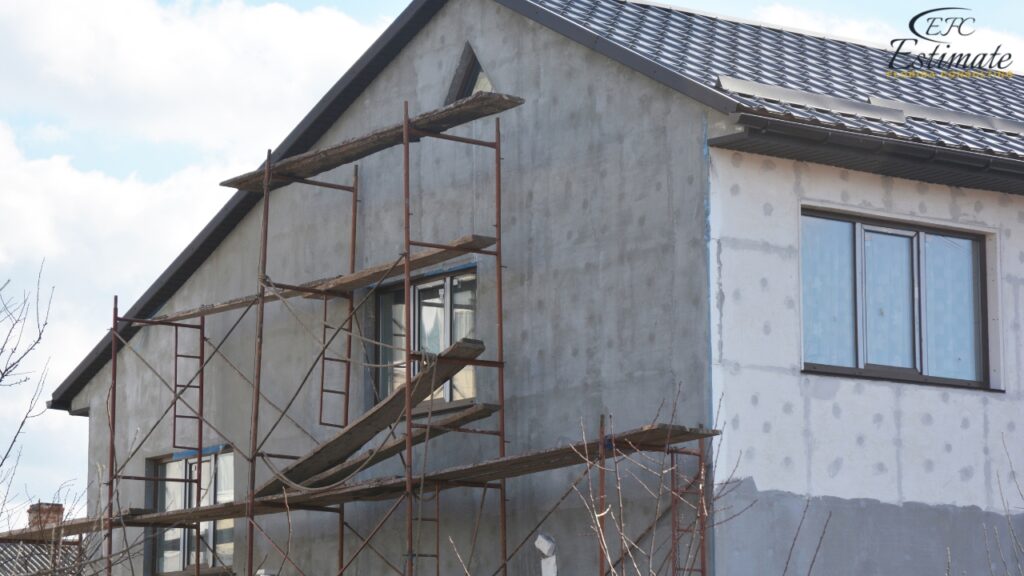
Labor costs cover the entire process, from initial surface preparation to the final application and finishing of the stucco. Hiring experienced professionals ensures a high-quality finish that will last for many years. Properly applied stucco can provide decades of low-maintenance beauty and protection for the home, making the investment in skilled labor worthwhile. Additionally, professional contractors often offer warranties on their work, providing peace of mind and additional value. Ensuring that the contractors follow best practices and industry standards is crucial for achieving the best results.
Additional Costs
Additional costs can include items such as scaffolding, permits, and decorative features. Here’s an estimate of these additional costs:
Additional Component | Cost per Square Foot | Total Cost for 2,000 Sq Ft |
Scaffolding and Equipment | $0.65 – $1.30 | $1,300 – $2,600 |
Permits and Inspections | $1,300 – $2,600 | $1,300 – $2,600 |
Decorative Trim and Moldings | $1.04 – $2.60 | $2,080 – $5,200 |
These additional costs ensure that the project complies with local regulations and achieves the desired aesthetic enhancements. Proper planning for these expenses helps avoid surprises during the project. Scaffolding and equipment are necessary for ensuring the safety and efficiency of the workers, especially for multi-story homes. Permits and inspections are required to ensure that the work meets local building codes and standards, preventing potential legal and safety issues. Decorative trim and moldings add significant visual appeal but require careful planning and execution to integrate seamlessly with the stucco application. Including these costs in the initial budget helps ensure a smooth and successful project.
Factors Influencing the Cost of Stucco
Size of the House
The size of the house is a primary factor influencing the cost of stucco application. Larger homes require more materials and labor, which increases the overall cost. For a 2,000 square foot house, the exterior surface area to be covered will significantly impact the total cost. Additionally, homes with complex architectural features or multiple stories may require more labor and materials, further increasing the cost. The more intricate the design, the more time and skill are needed to apply the stucco properly, leading to higher expenses. The shape and number of exterior walls also influence the amount of work and materials needed.
Type of Stucco
There are different types of stucco finishes, including traditional (cement-based) stucco and synthetic (acrylic) stucco. Traditional stucco is generally less expensive but may require more maintenance over time. Synthetic stucco, also known as EIFS (Exterior Insulation and Finish Systems), offers better insulation and flexibility but at a higher cost. The choice between traditional and synthetic stucco will impact the overall cost of the project. Each type of stucco has its own set of benefits and drawbacks, which should be carefully considered based on the specific needs and preferences of the homeowner. The decision will also affect the long-term maintenance and durability of the home’s exterior.
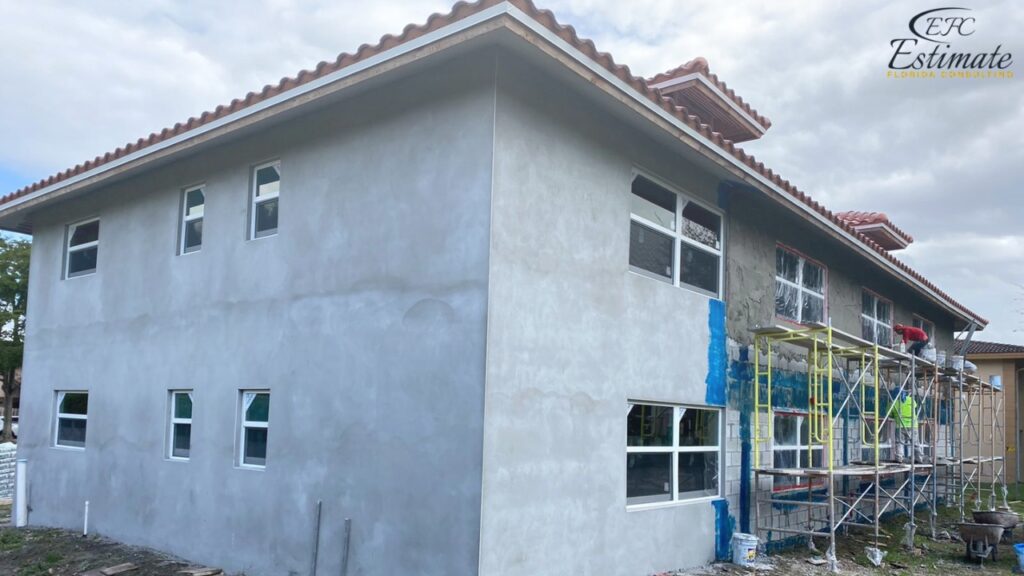
Labor Costs
Labor costs for applying stucco can vary based on the location and the experience of the contractors. In areas with a higher cost of living, labor rates may be higher. Additionally, more experienced contractors may charge a premium for their services, but they often provide higher quality work and complete the project more efficiently. Properly vetting contractors and obtaining multiple quotes can help homeowners find a balance between cost and quality. Hiring skilled labor ensures that the stucco is applied correctly, reducing the risk of future repairs and ensuring the longevity of the finish. A well-done stucco job can last for decades, providing excellent value for the initial investment.
Preparation and Repairs
The condition of the existing exterior surface will affect the cost of stucco application. If the surface requires extensive preparation, such as cleaning, patching, or repairing, these tasks will add to the overall cost. Proper preparation is crucial for ensuring the stucco adheres well and lasts longer, so it is important not to skimp on these steps. Addressing any underlying issues before applying the stucco can prevent problems from arising in the future, ensuring a smooth and durable finish. This may include repairing structural damage, addressing moisture issues, and removing old or damaged siding. Investing in thorough preparation can save money and time in the long run by preventing costly repairs.
Additional Features
Additional features such as decorative trim, moldings, and architectural details can increase the cost of stuccoing a house. These features require more detailed work and additional materials, adding to the labor and material costs. While these enhancements can significantly improve the home’s curb appeal, they should be included in the budget planning to avoid unexpected expenses. Custom features can make the home stand out and add unique character, but they also require skilled labor and high-quality materials to execute properly. Homeowners should weigh the benefits of these features against their budget to make the best decision for their project. Considering the long-term value these features add can justify the initial investment.
Get 5 New Leads Next 7Days With Our System
- Multi-Family Building
- Hotel Building
- Hospital Building
- Warehouse Building
- High-Rise Building
- Shopping Complex
Benefits of Stucco
Durability
Stucco is known for its durability and ability to withstand harsh weather conditions. When properly applied and maintained, stucco can last for decades without significant deterioration. It provides a robust exterior finish that resists cracking, chipping, and other common issues associated with other siding materials. Additionally, stucco can be repaired easily if damaged, extending its lifespan further. The durability of stucco makes it an excellent investment, providing long-term protection and reducing the need for frequent repairs and replacements. This durability also contributes to the overall value of the property, making it an attractive option for potential buyers.
Energy Efficiency
Stucco provides excellent insulation, helping to maintain a stable indoor temperature and reduce energy costs. The additional layer of insulation can improve the home’s overall energy efficiency, contributing to lower heating and cooling expenses. This benefit is especially noticeable when using synthetic stucco systems that incorporate insulation materials. Energy-efficient homes are not only more comfortable but also more attractive to potential buyers or renters. Improved energy efficiency also aligns with growing environmental concerns and regulations, potentially offering additional savings through tax credits and incentives.
Aesthetic Appeal
Stucco offers a wide range of textures and colors, allowing homeowners to achieve a unique and customized look for their home. The versatility of stucco makes it suitable for various architectural styles, from traditional to modern. Decorative trim and moldings can further enhance the visual appeal, adding character and elegance to the home’s exterior. Stucco can also be painted, allowing for easy updates to the home’s appearance over time. This adaptability makes stucco an excellent choice for homeowners looking to refresh their home’s look without extensive renovations. Additionally, a well-maintained stucco exterior can significantly boost curb appeal and property value.
Low Maintenance
Stucco requires minimal maintenance compared to other siding options. Regular inspections and occasional cleaning are usually sufficient to keep the stucco looking fresh and in good condition. Unlike wood siding, stucco does not rot, warp, or require frequent painting, making it a cost-effective choice in the long run. Additionally, stucco is resistant to pests, such as termites, which can cause significant damage to other types of siding. The low maintenance requirements of stucco translate into long-term savings on upkeep and repairs, making it an attractive option for busy homeowners.
Considerations Before Stucco Application
Climate Suitability
Stucco is highly effective in various climates, but its performance can vary depending on local weather conditions. It is particularly well-suited for dry, warm climates but can also be adapted for use in colder regions with proper installation techniques. Understanding the local climate helps ensure that the chosen stucco type and application method will provide optimal performance and longevity. In humid or wet climates, additional moisture barriers may be necessary to prevent water infiltration and damage.
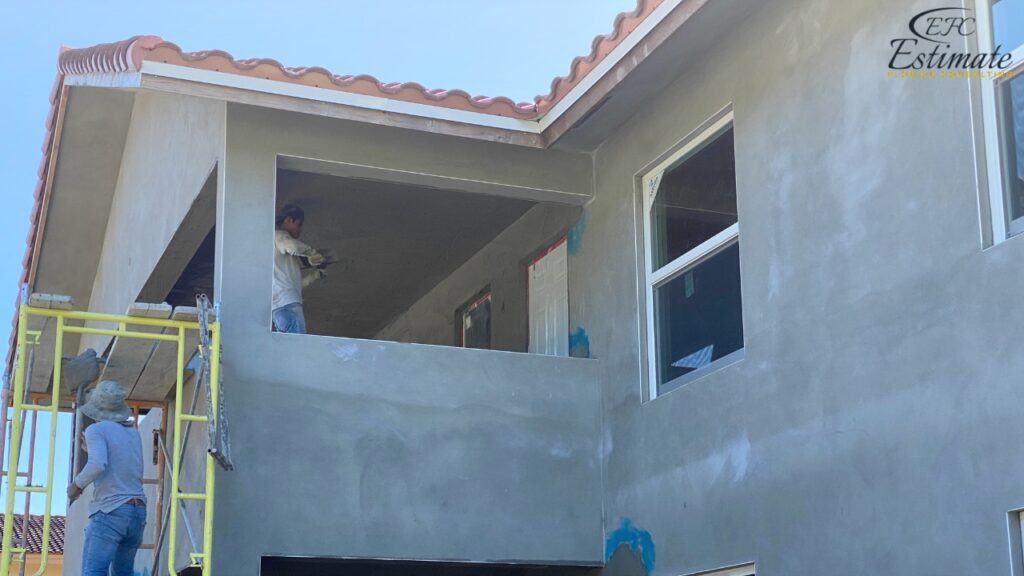
Contractor Selection
Choosing the right contractor is crucial for a successful stucco application. Homeowners should seek contractors with experience in stucco work, positive reviews, and proper licensing and insurance. Obtaining multiple quotes and discussing the project in detail with potential contractors can help ensure that the best professional is selected for the job. A good contractor will also provide a detailed contract outlining the scope of work, timeline, and payment terms, ensuring transparency and clear communication.
Project Timeline
Stucco application is a multi-step process that requires adequate drying time between layers. Homeowners should plan for a project timeline that accommodates these requirements, considering potential weather-related delays. Discussing the timeline with the contractor and understanding the steps involved can help set realistic expectations for project completion. Planning the project during favorable weather conditions can also help avoid delays and ensure a smooth application process.
Maintenance Tips for Stucco
Regular Inspections
Regularly inspecting the stucco for cracks, chips, or other damage can help catch issues early and prevent more extensive repairs. Small cracks can be repaired easily, but ignoring them can lead to more significant problems over time. Seasonal inspections, especially after harsh weather conditions, are recommended to maintain the stucco’s integrity. Addressing minor issues promptly can prevent water infiltration and other damage that can compromise the stucco’s performance.
Cleaning
Stucco can be cleaned with a gentle power wash or a soft-bristle brush and mild detergent. Regular cleaning helps remove dirt, mold, and mildew, keeping the stucco looking fresh and preventing the buildup of harmful substances. It is important to use the appropriate cleaning methods to avoid damaging the stucco surface. Cleaning also helps maintain the stucco’s color and appearance, enhancing the home’s curb appeal.
Repairs
Timely repairs are essential for maintaining the longevity of stucco. Addressing small cracks and chips as soon as they appear can prevent them from spreading and causing more extensive damage. Using the correct materials and techniques for repairs ensures that the stucco remains durable and effective. Professional repair services can provide high-quality results, restoring the stucco’s appearance and functionality.
Enhancing the Stucco Finish
Adding Color
Stucco can be tinted in a variety of colors, allowing homeowners to achieve a customized look that complements their home’s design. Adding color to stucco enhances its aesthetic appeal and eliminates the need for painting. Tinting the stucco mix ensures consistent color throughout the material, providing a long-lasting and vibrant finish.
Texturing Options
Stucco offers various texturing options, from smooth finishes to rough, textured surfaces. Homeowners can choose a texture that suits their architectural style and personal preferences. Different textures can add depth and character to the home’s exterior, creating a unique and appealing look. Consulting with the contractor about the available texturing options can help achieve the desired finish.
Decorative Elements
Incorporating decorative elements such as trim, moldings, and architectural details can enhance the visual appeal of stucco. These elements can be customized to match the home’s design, adding elegance and sophistication. Decorative elements also provide opportunities to showcase craftsmanship and attention to detail, elevating the overall appearance of the home.
Download Template For Stucco Project Breakdown
- Materials list updated to the zip code
- Fast delivery
- Data base of general contractors and sub-contractors
- Local estimators
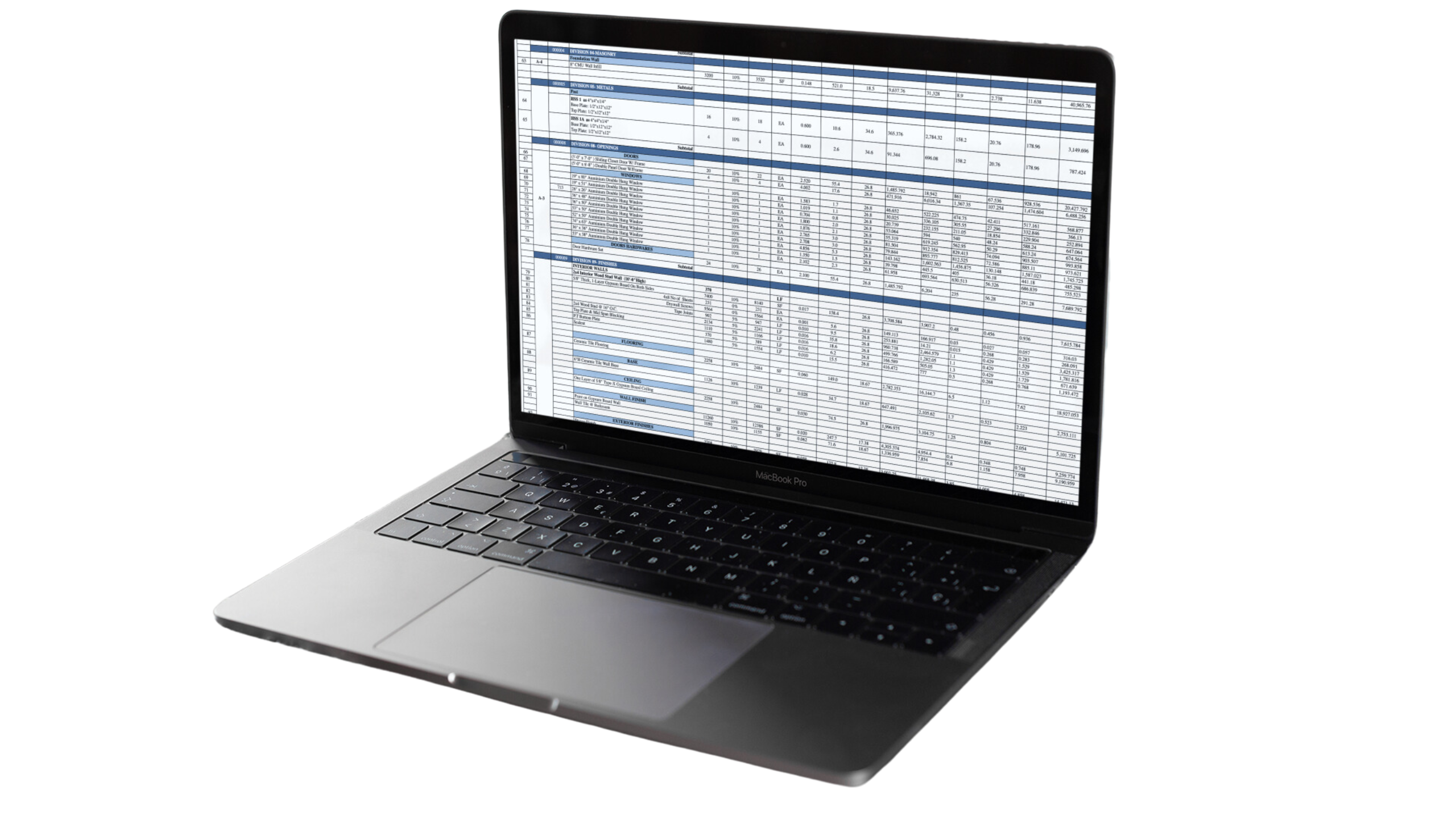
Conclusion
Stuccoing a 2,000 square foot house is a substantial investment that offers numerous benefits, including durability, energy efficiency, and aesthetic appeal. By understanding the various costs involved, homeowners can make informed decisions and budget effectively for their stucco project. Proper planning, quality materials, and skilled labor ensure a successful stucco application that enhances the home’s value and appearance for many years to come. Investing in stucco not only improves the home’s exterior but also contributes to long-term savings through reduced maintenance and energy costs. Homeowners should carefully consider their options and work with experienced professionals to achieve the best results for their stucco project.
FAQs
Stuccoing a 2,000 square foot house typically costs between $27,560 and $50,960, averaging $14 to $25 per square foot. This estimate includes materials, labor, surface preparation, and necessary permits.
Proper preparation ensures that the stucco adheres well and lasts longer. This includes cleaning, patching, and repairing the existing surface.
Decorative trim, moldings, and architectural details require more detailed work and additional materials, increasing the overall cost.
- Climate Suitability: Stucco performs well in various climates but may require specific installation techniques.
- Contractor Selection: Choose experienced, licensed, and insured contractors.
- Project Timeline: Stucco application requires adequate drying time between layers.
- Regular Inspections: Check for cracks, chips, or damage.
- Cleaning: Use gentle power wash or soft-bristle brush and mild detergent.
- Repairs: Address small cracks and chips promptly to prevent further damage.
- Adding Color: Tint the stucco for a customized look.
- Texturing Options: Choose from smooth to rough textures.
- Decorative Elements: Incorporate trim, moldings, and architectural details.
Google Reviews

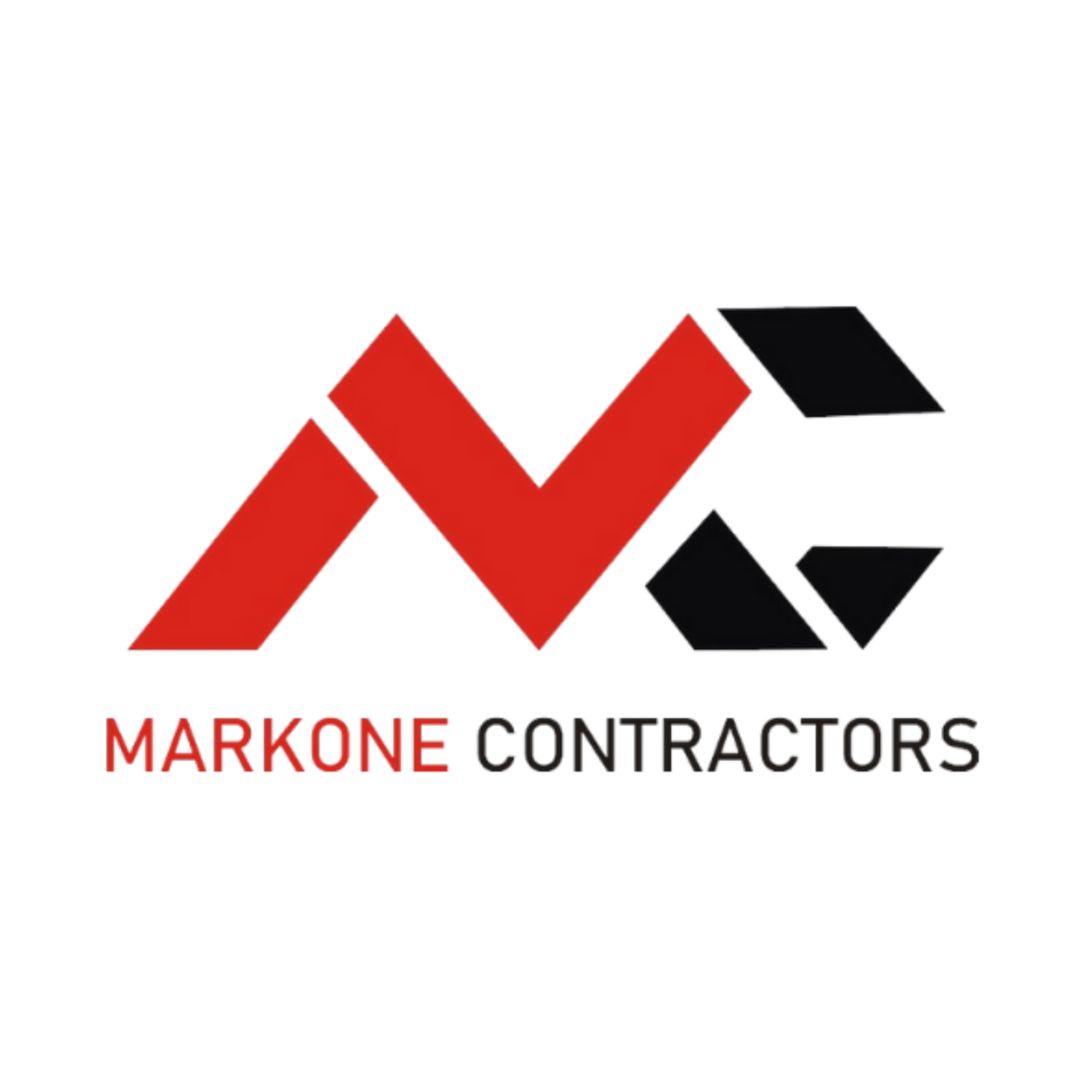

Process To Get It Cost to Stucco a 2,000 Square Foot House Estimate Report
Here I am going to share some steps to get it cost to stucco a 2,000 square foot house estimate report.
-
You need to send your plan to us.
You can send us your plan on info@estimatorflorida.com
-
You receive a quote for your project.
Before starting your project, we send you a quote for your service. That quote will have detailed information about your project. Here you will get information about the size, difficulty, complexity and bid date when determining pricing.
-
Get Estimate Report
Our team will takeoff and estimate your project. When we deliver you’ll receive a PDF and an Excel file of your estimate. We can also offer construction lead generation services for the jobs you’d like to pursue further.

